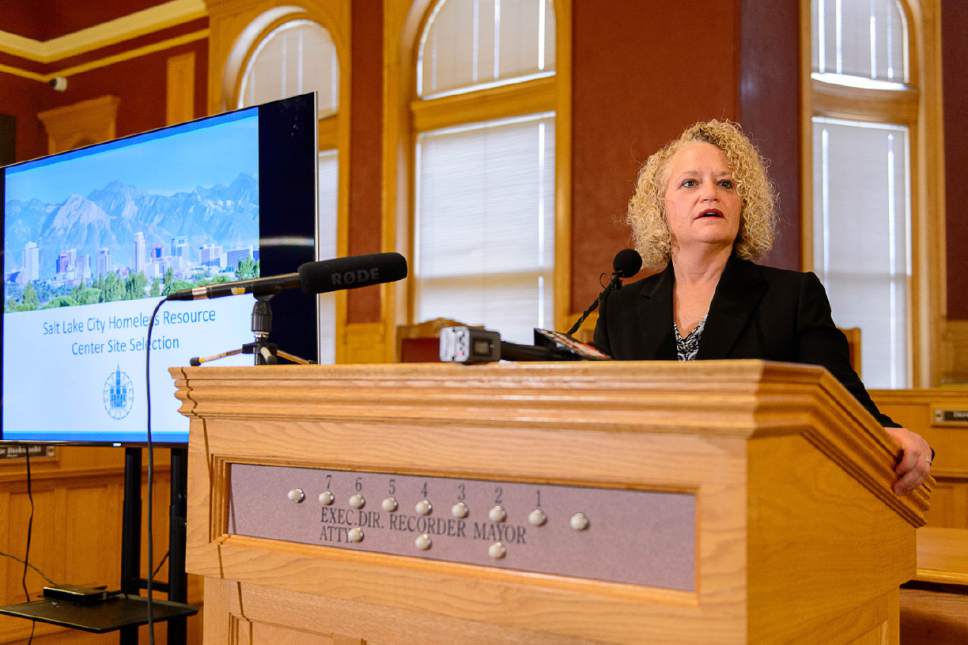This is an archived article that was published on sltrib.com in 2016, and information in the article may be outdated. It is provided only for personal research purposes and may not be reprinted.
Fool: The reason why the seven stars are no more than seven is a pretty reason.
Lear: Because they are not eight?
— King Lear
At last we have a plan.
Decades of human suffering and valiant, if often vain, attempts to ease it. Years of political wrangling. A little too much secrecy. And two more years, at least, before the four new homeless resource centers on sites announced Tuesday by Salt Lake City Mayor Jackie Biskupski will be open.
But news that the mayor, the City Council and various community leaders who have studied the issue are now moving forward with a plan to replace the overwhelmed Road Home homeless shelter in the city's Rio Grande district is to be welcomed by all concerned.
There is still much work to be done. And success of the four new facilities — which are to be referred to as resource centers, not shelters — will depend not just on the city's success in getting them built, over what may be strenuous objections from the neighborhoods concerned.
It will depend on a constant flow of support from the city, the county, the state, non-profit service providers and concerned individuals.
It will rely, as Biskupski stressed Tuesday, on parallel efforts to address the community's acute shortage of affordable housing. Without solving that problem, an infinite number of shelters, resource centers, hospitals, jails, cars, tarps and tents will never be enough.
Those who have devoted years of their lives to helping the homeless in the existing system will tell you that they have had more success in moving people from homelessness to permanent housing than may be obvious from a stroll through Pioneer Park. But no one argues that the current services are up to the task.
The next step is for city officials to work with their constituents to demonstrate that the centers they envision will not simply be an atomization of the existing shelter. That each of them will be, as the mayor promised, designed and operated in a way that provides real, sometimes intense, services to the homeless, to meet their needs, get them away from drugs, provide treatment for their ailments and move them permanently out of their plight — in a way that minimizes the impact on surrounding properties.
The sites were chosen with important characteristics in mind, such as ease of access to other services and to transportation. And the design of each, the mayor said, will observe standards that don't overwhelm a neighborhood and include steps to discourage crime.
It can be done. But only if the community — from the mayor on down, with help from the county, the state, charities, various service providers and public-minded individuals — never lets up.



